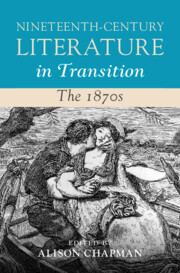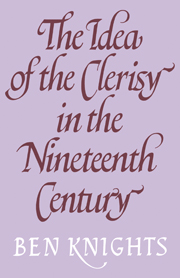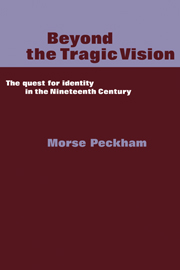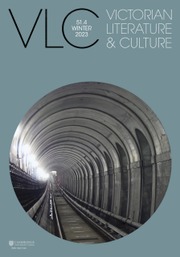Literature and Dance in Nineteenth-Century Britain
Literary critics often pursue analyses of music or painting and literature as 'sister arts', yet this was the first full-length study of the treatment of social dance in literature. A vital part of social life and courtship with its own symbolism, dance in the nineteenth century was a natural point of interest for novelists writing about these topics; and indeed ballroom scenes could themselves be used to further courtship narratives or illustrate other significant encounters. Including analyses of works by Jane Austen, W. M. Thackeray, George Eliot and Anthony Trollope, as well as extensive material from nineteenth-century dance manuals, Cheryl A. Wilson shows how dance provided a vehicle through which writers could convey social commentary and cultural critique on issues such as gender, social mobility and nationalism.
Reviews & endorsements
"I was eagerly awaiting the publication of this book. It did not disappoint me. Well-researched, well-articulated, and well-explicated, it clearly proves her an expert on social dance customs and literary manifestations of them in the nineteenth century...In short, this book is a lucid, smart analysis of social dance, showing how literary dance scenes signify larger social discourses--on the New Woman, for instance--and how actual dance moves represent elements of the fictional narratives (as when quadrille sets stand in for inflexible social hierarchies)."
-Alissa Clapp-Intyre, nbol-19.org
Product details
May 2012Paperback
9781107404373
220 pages
229 × 152 × 12 mm
0.3kg
Available
Table of Contents
- List of illustrations
- Acknowledgements
- List of abbreviations
- Introduction
- 1. The culture of dance
- 2. Almack's: dancing at the center of the world
- 3. Heritage and hierarchy: the English country dance
- 4. Social circles and dance squares: the quadrille
- 5. Les contretemps dangereaux: enter the waltz
- Afterword: confessions of a lady patroness
- Notes
- Bibliography
- Index.







